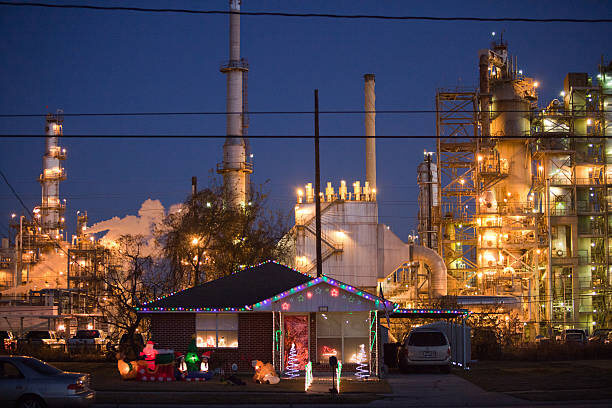Did you know that there is such an effective tool that Transition énergétique Québec -…

Construction defect or hidden defect? What’s the difference?
Hidden defects, construction defects, faulty workmanship: the world of construction and real estate isn’t always perfect, and building problems can occur, even with a new house. But is it a construction defect or a hidden defect? How can you tell? Stay with us as our building experts break down these terms for you.
Construction defect or hidden defect?
Our building experts are there for you to help
you minimize the impact of any type of defect.
A construction defect is a fault in the design, materials or workmanship of a structure. A defect that compromises its solidity or makes it unfit for the use for which it was designed. For example, problems such as inadequate foundations, defects in electrical or plumbing systems, or any other significant problems that affect the integrity or safety of the building may be considered construction defects.
The notion of construction defect in article 2118 of the Civil Code of Québec and that of malfunction in article 2120 are distinguished by the level of seriousness of the problem. In other words, while the problem in question must lead to the loss of the building in order to be considered a latent defect, faulty workmanship does not jeopardize it. In this case, the work will be poorly executed, but will not affect the solidity of the building
Let’s move on to hidden defects. A hidden defect is a non-apparent fault in a property that is serious enough to compromise its use or substantially reduce its value. To be considered a hidden defect, the problem or fault must meet certain criteria:
- It must not be apparent and easily detectable with careful examination, such as a pre-purchase inspection. If it is, we’ll refer to it as an apparent defect, i.e. one that can be detected with careful and diligent examination prior to purchase, such as a pre-purchase inspection.
- It must also be serious enough that the buyer, had he known about it, would not have bought it, or not at the same price in any case.
- It must exist before the house is sold, even if you don’t realize it until much later.
- And, last but not least, it must be unknown to the buyer. Otherwise, it is no longer hidden… What’s more, the hidden defect is no longer known to the seller. If it is, and the seller doesn’t conceal it, then it’s a question of fraud, i.e. a fraudulent manoeuvre designed to mislead the buyer.
In short, a construction defect is often a problem that arises shortly after construction, due to the way in which the building has been built. It generally refers to a defect arising from an error in the design or execution of a construction that could render it unfit for its intended use.
A hidden defect, on the other hand, is a pre-existing problem that is only discovered after the sale, and which was unknown to all parties involved. The two terms can sometimes overlap, especially if a construction defect remains undiscovered until the property changes hands and is then considered a hidden defect by the new buyer.


